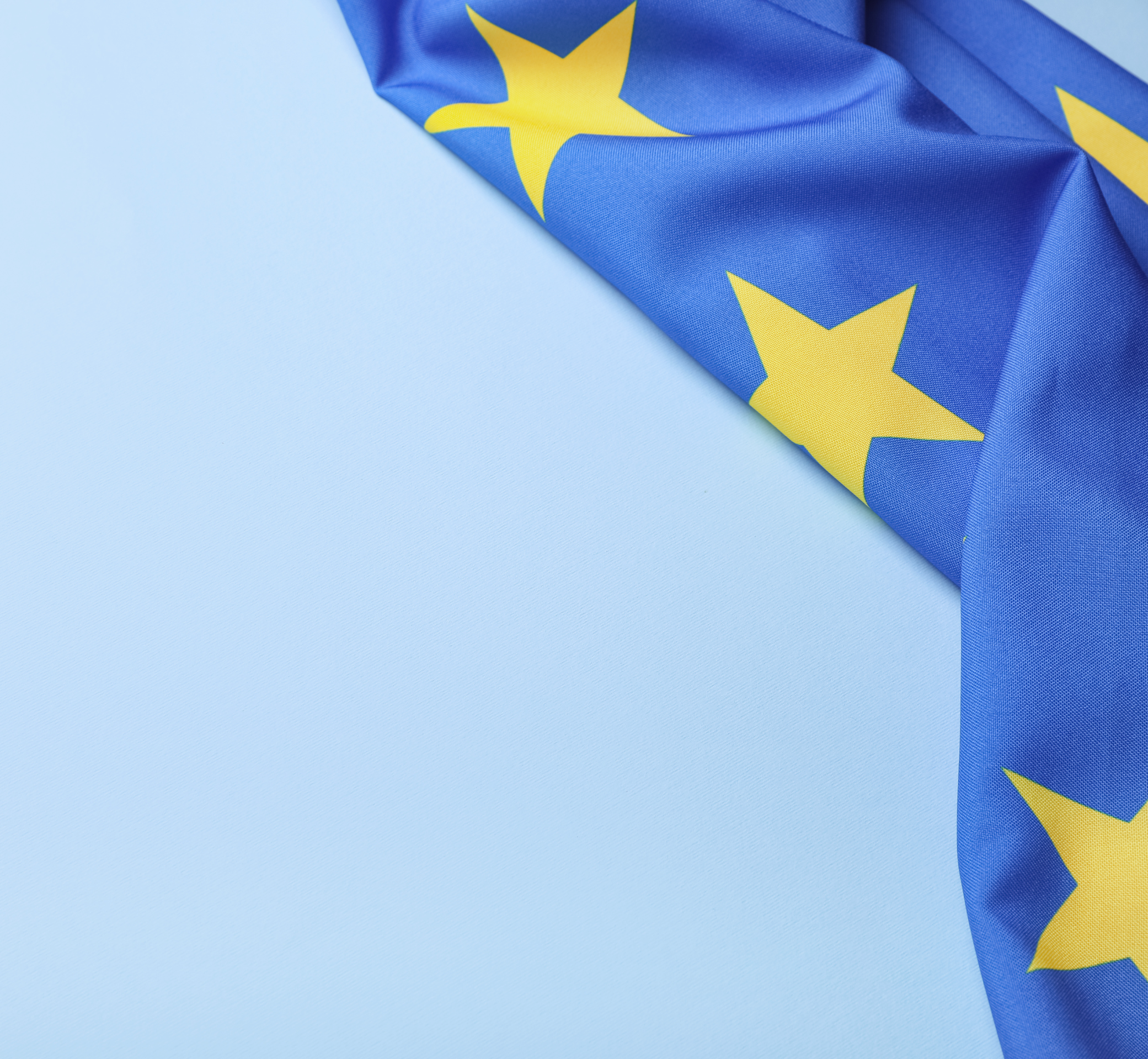The 10th Session of the Conference of the Parties (COP10) to the World Health Organization Framework Convention on Tobacco Control is upon us in Panama City. This event stands as a significant juncture in the vaping and tobacco control arena.
It could reshape the narrative around harm reduction strategies, mainly focusing on vaping, heat-not-burn products, nicotine pouches, and other safer alternatives to smoking. Measures like banning vaping flavours, increasing taxation on harm-reducing nicotine products, and others are up for discussion.
The EU, with its complex history and evolving stance on tobacco and nicotine, stands as a pivotal actor in these proceedings. Its journey from launching the EU Beating Cancer Plan, attempting revisions to the TPD, to the shelved Tax Excise Directive, shows its continuous efforts, albeit often misguided, to curtail smoking rates. In these pursuits, the real enemy – cigarettes – sometimes seems lost in the bureaucratic processes. The current direction, where the EU appears to echo WHO’s stringent views on alternative nicotine products, raises eyebrows. Why the scepticism towards harm reduction when countries like Sweden are on the verge of becoming smoke-free using similar strategies?
Reflecting on the past, the EU’s historical approach towards vaping regulations seems paradoxical. Reports indicate a potential shift in power dynamics for the upcoming COP10 meeting, wherein the EU Commission might sideline individual member states, moving away from the traditionally successful consensus-based approach. Concerns raised by seven member states, including Bulgaria, Greece, and Italy, are noteworthy. The absence of a proposal for a working group on novel products and potential issues around the EU’s representation in FCTC expert working groups adds to the apprehensions.
Yet, amidst the political wrangling, the EU’s Beating Cancer Plan does acknowledge vaping’s potential as a smoking cessation tool. So, when the evidence is clear, why the hesitancy?
Science, unarguably, should guide policy. The benefits of vaping as a less harmful alternative to smoking are corroborated by over 100 global organisations. Additionally, a comprehensive review by Cochrane, the gold standard in health evidence, confirms vaping’s efficacy in aiding smoking cessation. Recent studies, like the REPLICA study, emphasise that vaping is far less harmful than smoking. In this light, a risk-based regulation seems logical – if vaping and similar products are way less harmful than smoking, shouldn’t the regulations reflect that?
Ignoring this evidence could have dire consequences. Misinformation and stringent regulations could deter smokers from making healthier choices. The looming threat? A public health disaster facilitated by misplaced priorities.
Looking forward, the EU has a momentous decision to make. The best-case scenario would see them adopt progressive policies centred on harm reduction. But the worst case? Tighter controls could inadvertently force vapers back to smoking or an unregulated black market.
In conclusion, as COP10 draws closer, the clarion call is for the EU to adopt a balanced, informed, and nuanced stance. Prioritising the health of its citizens should be paramount. The decisions made now will indelibly shape the future of public health, not only in the EU but globally. It’s time to choose wisely.






One Response